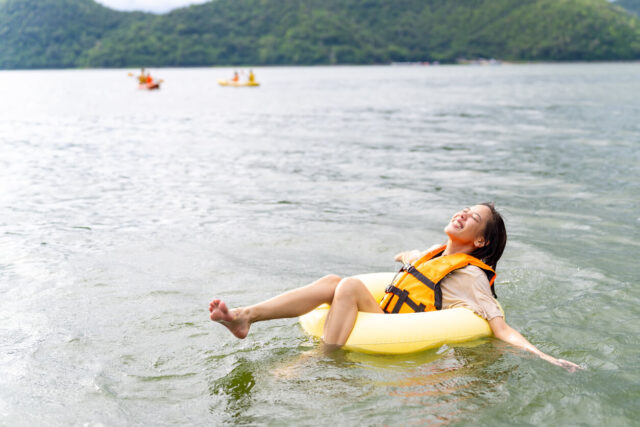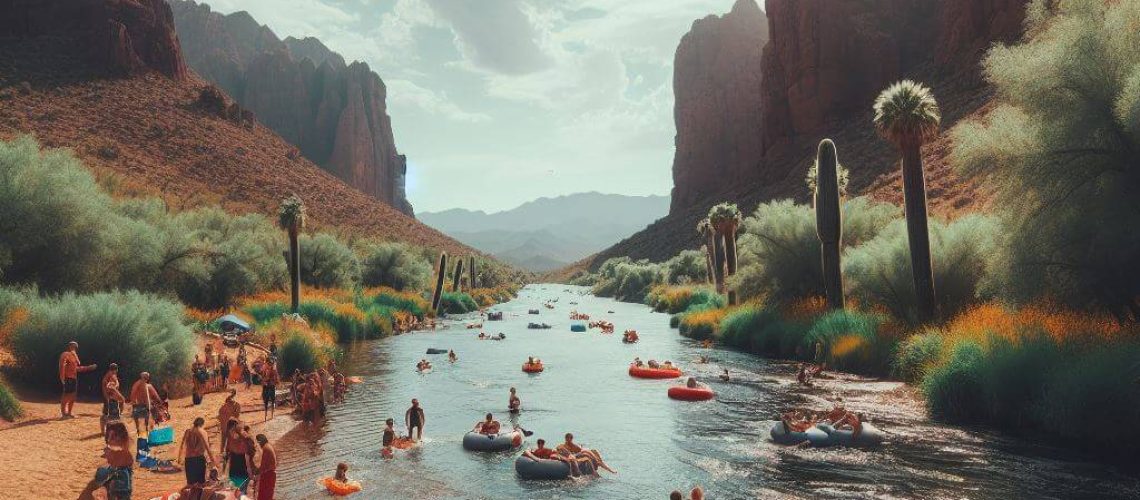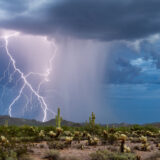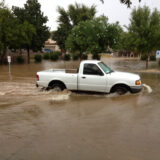Table of Contents
Expert Arizona River Drowning Attorney
As the sun beats down on Arizona’s rivers, so too does the risk of tragedy. Every year, countless individuals venture into the state’s waterways, unaware of the dangers that are beneath the surface. When a loved one falls victim to a river drowning, the aftermath can be devastating. At The Sorenson Law Firm, we understand the devastating impact that such a loss can have on families.
Our experienced legal team is dedicated to providing compassionate and effective representation to those who have suffered a wrongful death. Whether you’re seeking justice or seeking answers, our attorneys are here to guide you through the legal process. In this article, we’ll explore into the alarming statistics surrounding Arizona river drownings, exploring the causes, consequences, and most importantly, the legal options available to those affected.
We examine the complex issue of river drownings in Arizona and explore the ways in which our legal services can help you navigate this difficult time.
The core of river drowning prevention lies in understanding the distinct causes, such as strong currents, lack of swimming ability, and the absence of safety measures. These factors combine to create a risky environment for the unprepared. Key strategies for prevention include the use of life jackets, swimming in designated areas, and education on water safety.
Each of these preventive measures addresses specific risks, offering a tailored approach to enhancing safety in river environments. Moving further into the subject, the nuances of river safety unfold, revealing the importance of legal and safety regulations, emergency response techniques, and community awareness. The subsequent sections will go into these areas, offering an in-depth exploration of how to mitigate the risks of river drownings.
This comprehensive approach aims to foster a safer environment for all who enjoy Arizona’s rivers, underlining the importance of vigilance and preparedness in preventing tragedy.
Why do river drownings occur?
River drownings stem from a blend of natural elements and human oversight. Key among these are strong currents and undertows, which can catch swimmers by surprise, dragging them into deeper waters or pinning them against obstacles. This natural hazard is compounded by an often overlooked assessment of swimming ability.
Many individuals misjudge the complexity and strength required to navigate river waters, leading to hazardous situations. Additionally, the absence of safety measures and supervision plays a critical role in the occurrence of drownings. The lack of life jackets, the absence of experienced oversight, and ignoring established safety protocols can transform a leisurely river outing into a life-threatening scenario.
Addressing these key factors is essential in the effort to reduce and prevent river drownings, highlighting the importance of preparedness and respect for the river’s power.
Strong currents and undertows
Strong currents and undertows are formidable forces in rivers, capable of swiftly overpowering even experienced swimmers. These natural phenomena can pull individuals under the water or away from the safety of the shore, posing a significant risk to those unprepared for their strength. Notable rivers in Arizona with strong currents and undertows include:
- Colorado River: Known for its powerful currents, especially in areas near Hoover Dam and the Grand Canyon.
- Salt River: Rapid changes in water flow due to dam releases can create strong currents unexpectedly.
- Gila River: Seasonal flows can lead to strong currents, particularly during monsoon season.
Incidents highlighting the dangers include a 2022 case where a Tennessee woman died while being swept away by strong currents in the Colorado River, emphasizing the unpredictable nature of river currents.
Lack of swimming ability or underestimating the skill needed
Many individuals enter rivers without a clear understanding or the necessary skills for swimming in such dynamic environments. Underestimating the complexity of river swimming can lead to dangerous situations, where the individual’s ability to navigate the water is insufficient, increasing the likelihood of drowning. Statistics indicate that a significant portion of river drowning victims lacked proficient swimming skills, with Arizona’s Department of Safety reporting that over 50% of drowning incidents in 2020 involved individuals with limited or no swimming ability.
Absence of safety measures and supervision
The absence of proper safety measures and supervision significantly elevates the danger of river activities. Neglecting to wear life jackets or to swim under the watchful eye of experienced individuals leaves swimmers vulnerable to the river’s hazards. This underscores the critical need for adherence to safety protocols and the presence of supervision to mitigate the risks associated with river swimming.
A tragic example occurred on the Verde River in 2023, where a family outing turned fatal due to the absence of life jackets and adequate supervision of an individual not following safe water practice, leading to the drowning of a mother not wearing a life jacket while tubing with a young child on the Tuzigoot river access point. The young child was wearing a life vest and was able to be pulled to safety. The mother later died after many life saving efforts from emergency personnel that were able to recover her from the water.
How can river drownings be prevented?
Preventing river drownings hinges on a combination of safety education, proper equipment, and vigilant supervision. A fundamental step is the use of life jackets, which should be non-negotiable for children and those not proficient in swimming. These devices significantly boost buoyancy and survival chances in case of an accident.
Swimming in designated areas monitored by lifeguards adds an essential safety net, ensuring prompt assistance is available if necessary. Acquiring swimming and water safety skills from certified instructors equips individuals with the necessary knowledge and techniques for safely enjoying river activities. Moreover, it’s critical to avoid alcohol and drugs while engaging in or supervising swimming activities, as these substances can severely impair judgment and physical coordination, heightening the risk of accidents.
Implementing these preventive measures can markedly diminish the likelihood of river drownings, fostering a safer and more enjoyable environment for everyone involved.
Wearing life jackets, especially for children and non-swimmers
Wearing life jackets is paramount for enhancing safety, particularly for children and those who are not proficient swimmers. Life jackets provide essential buoyancy, making it a key element in preventing drownings.

Swimming in designated areas monitored by lifeguards
Choosing to swim in designated areas that are monitored by lifeguards offers an additional safety measure. These areas are specifically chosen for their safer conditions and the presence of lifeguards ensures immediate assistance in case of distress.
Learning swimming and water safety skills from certified instructors
| Program Name | Location | Age Group | Contact Information |
|---|---|---|---|
| Aqua-tots swim schools | Phoenix, AZ | All ages | (480) 565 6080 |
| Water Safety Program | Phoenix, AZ | All ages | watersafety@phoenixchildrens.com |
| Valley of The Sun YMCA | Tempe, AZ | Teens | (480) 730-0240 |
| Community Swim Lessons | Tempe, AZ | Children | (480) 350-5201 |
Acquiring swimming and water safety skills from certified instructors equips individuals with the necessary expertise to safely enjoy river activities. This education is crucial for understanding how to respond to various water conditions and emergencies.
Avoiding alcohol and drugs when swimming or supervising swimmers
Avoiding alcohol and drugs is essential when swimming or supervising swimmers. Substance use impairs cognitive and physical abilities, significantly increasing the risk of accidents. Staying sober is vital for maintaining alertness and ensuring the safety of all participants.
What to do if someone is drowning in a river?
In the urgent situation of a river drowning, immediate action is crucial. The first step is to call for emergency help, ensuring to provide precise details about your location to speed up the rescue process. If feasible, use a life-saving device to extend aid to the person in distress, but be mindful not to endanger yourself in the process.
For individuals trained in first aid, performing CPR can be a critical interim measure until professional help arrives. This prompt and informed response can markedly improve the drowning victim’s chances of survival, emphasizing the importance of preparedness and quick thinking in such emergencies.
Call for emergency help immediately, noting the exact location
| Emergency Service | Contact Number | Notes |
|---|---|---|
| Arizona Statewide Emergency | 911 | Use for immediate rescue services |
| Arizona Game and Fish Department | (623) 236-7201 | For wildlife-related emergencies on rivers |
| National Park Service (NPS) | Varies by park | Use for emergencies within national parks |
Immediately calling for emergency help is the first and most critical step when someone is drowning. It’s vital to accurately note the exact location to expedite the arrival of rescue teams, which can significantly enhance the survival prospects of the individual in distress.
Use a life-saving device if available, without endangering oneself
| Life-Saving Device | Description | Usage Tips |
|---|---|---|
| Life Jacket | Buoyancy aid designed to keep the wearer’s head above water | Ensure proper fit before use |
| Throw Bag | Bag filled with rope, used to pull someone to safety | Aim upstream from the person, allow the current to bring the rope to them |
| Ring Buoy | A buoyant ring that can be thrown to someone in the water | Throw towards the person, aim to land it within their reach |
If accessible, utilize a life-saving device to aid the person in danger. It’s paramount to ensure your own safety while attempting the rescue, as putting yourself at risk could potentially escalate the emergency situation.
Provide first aid if trained, focusing on CPR until help arrives
| First Aid Training Provider | Contact Information | Services Offered |
|---|---|---|
| American Red Cross Arizona | (800) RED-CROSS | CPR, AED, and First Aid training |
| Arizona CPR Training and Certification | (520) 424-4071 | On-site CPR, AED, and First Aid classes |
| Phoenix CPR and First Aid Classes | (800)728-0209 | Community CPR classes |
For individuals trained in first aid, administering CPR can be a crucial interim measure until professional help arrives. This action is essential for maintaining the victim’s vital functions and can greatly improve their chances of recovery in the critical moments following a drowning incident.
Legal and safety regulations for rivers
To safeguard individuals and reduce the incidence of drownings, legal and safety regulations are enforced for river environments. These regulations mandate the mandatory wearing of life jackets in specific areas, a critical measure for individuals of all ages to ensure safety in the water. Signage indicating dangerous spots and depth changes is strategically placed to alert swimmers to potential risks, enhancing awareness and promoting caution.
The availability of lifeguards in popular recreational areas, especially during peak times, offers an additional layer of safety, providing swift response in case of emergencies. Moreover, strict enforcement of alcohol and drug policies near water bodies aims to prevent impaired judgment, significantly lowering the risk of accidents. Compliance with these regulations is essential for creating a secure and enjoyable river experience for everyone.
Mandatory wearing of life jackets in certain areas for all ages
The mandatory wearing of life jackets in specified areas is a crucial safety regulation, applicable to swimmers of all ages. This mandate is aimed at ensuring every individual has the necessary buoyancy aid to significantly reduce the risk of drowning.
Signage indicating dangerous spots and depth changes
Signage serves an important function in alerting swimmers to dangerous spots and sudden depth changes within rivers. By clearly marking these areas, swimmers can be better informed and more cautious, thereby enhancing their safety.
Availability of lifeguards in recreational areas during peak times
Ensuring the availability of lifeguards in recreational areas, particularly during peak times, is essential for maintaining a high level of safety. Lifeguards provide expert supervision and are equipped to act swiftly in emergency situations, offering vital protection to swimmers.
Enforcement of alcohol and drug policies near water bodies
The enforcement of strict alcohol and drug policies near water bodies is key to safeguarding swimmers. By prohibiting the use of substances that impair judgment, this regulation aims to prevent accidents and ensure a safer swimming environment for everyone.
If you or a loved one has been affected by a river drowning in Arizona, please know that you’re not alone, and we’re here to help. For compassionate and effective representation in wrongful death cases, contact The Sorenson Law Firm for a free consultation.








